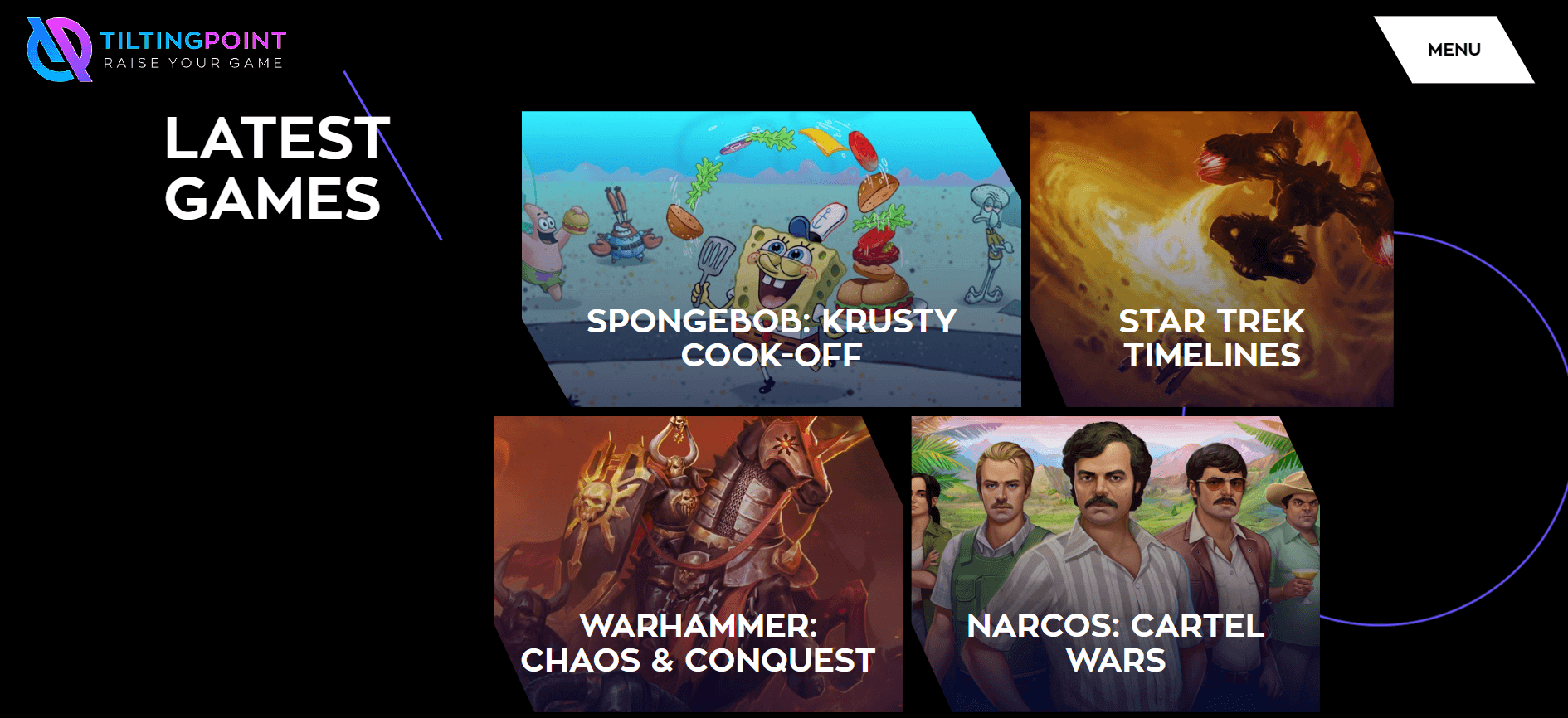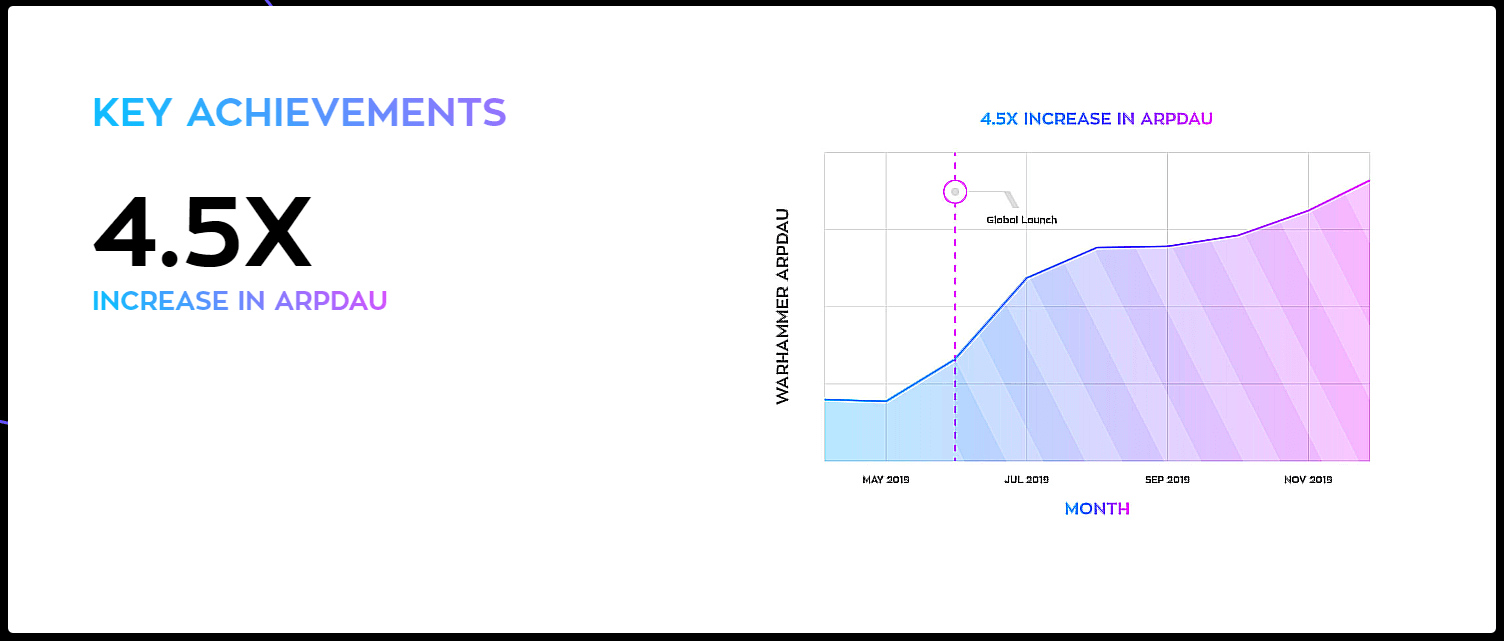If you’ve ever played a mobile game on your app and been thwarted at every turn by a difficult boss level, only to have to start from scratch but with levels suddenly seeming so much easier—then you’ve just experienced real-time personalization. The game saw you struggling and adjusted the difficulty level to match your n00b gaming skills.
It’s one example of the dynamic approach many gaming studios are taking to tailor their game experiences to an individual player’s skill and behavior. But when done well, this personalization can spell the difference between a player churning and a player turning into a loyal paying customer.
In this blog post, we explore some examples of real-time personalization in mobile gaming apps and how it has improved customer lifetime value (CLV) in actual games.
What is Real-time Personalization?
Real-time personalization in gaming involves analyzing player behavior data to deliver relevant content and experiences that match the player’s preferences and needs. This can include elements like in-game offers, push notifications, and customized gameplay experiences. By adapting to each player’s unique habits, real-time personalization can drive engagement, retention, and ultimately, revenue.
Tilting Point’s Real-Time Personalization Strategy at Work

The latest games published by Tilting Point.
One of our customers, Tilting Point, is a free-to-play (F2P) games publisher founded in 2012 with offices in New York, Boston, Barcelona, Kyiv, Seoul, and San Diego. They’ve published more than 30 mobile games including titles such as Star Trek Timelines, SpongeBob Adventures: In a Jam, and Narcos: Cartel Wars. And due to their data-driven approach, Tilting Point was recognized as one of the world’s top mobile game makers by PocketGamer.biz in 2021.
One thing they do to ensure the continued growth of their titles is to use personalization to customize the player experience.
Andre Cohen, former Head of Data Science at Tilting Point, shared how they use personalization not just for marketing offers but also to customize game levels: “Not only are we trying to optimize the offer and what you put in the offer, we’re also trying to think, ‘Well, can we customize everything that goes inside that offer?’ We can actually customize these variables per segment, which is really powerful. And further than that, it’s like, ‘Okay, maybe the offer is not working. Can we configure the level that came before the offer? And can we configure the level design through Leanplum (now CleverTap Gaming) as a quick way to get a boost in LTV?’”
Part of their process involves creating campaigns to show customized in-app messages so that different players see unique offers and creative elements. The end result? An increase in average revenue per user (ARPU).
Cohen shares: “When it comes down to a storefront where you have six items on the screen, then variables are the perfect solution for customizing who sees what. Does every player see the $0.99 cent coin bundle or are we starting at $7.99 for the smallest bundle? Should all players see the same amount? And can we adapt maybe for the Big Mac Index*, the amount of currency? So in India, the Big Mac is not as great. We should probably give them more coins for the same dollar. And so these are really cool tricks that we’ve developed over time to expedite development of everything. And I have to say, I think the difference here is you can segment. And that’s the secret weapon for ARPU optimizations.”

In six months, Tilting Point had a 4.5x increase in ARPDAU for the game, Warhammer: Chaos and Conquest, developed by Hunted Cow Studios.
More Examples of Real-time Personalization in Mobile Gaming Apps
Dynamic Difficulty Adjustment
One of the most concrete examples of real-time personalization is the one that opened this blog post. It’s the personalization of a gaming experience by adapting the game’s difficulty level in real time. This type of adjustment ensures that players are consistently challenged without becoming overwhelmed or bored.
For example, a mobile game may start at an easier level, and gradually the difficulty will increase based on the player’s performance. This not only improves player satisfaction but also encourages players to spend more time in the app, ultimately boosting CLV.
Candy Crush Saga is a great example. The hyper-casual game adjusts its difficulty levels based on how the player performs. Hence each level becomes a suitable challenge. This dynamic difficulty adjustment keeps Crushers (AKA Candy Crush fans) engaged, and it motivates them to keep returning to the game. Increased retention and revenue? Check.
Personalized In-game Offers
By analyzing player behavior, mobile gaming apps can deliver personalized in-game offers designed to maximize conversion rates. For example, a gaming app may identify players who frequently purchase in-game currency and target them with special deals on currency bundles. This not only drives revenue but also fosters a sense of exclusivity, which can improve overall satisfaction and CLV.
In Clash of Clans, a popular strategy game, players receive tailored offers based on their gameplay habits. These offers may include discounts on in-app purchases or exclusive items designed to help players advance in the game. This personalization strategy has proven effective in driving in-app purchases and increasing the CLV of its players.

Screenshot of a personalized in-game offer in Clash of Clans.
Customized Push Notifications
Push notifications are a powerful tool for mobile game developers to communicate with players and encourage them to return to the app. By delivering personalized notifications based on player behavior, apps can increase engagement and retention rates. For example, a gaming app may send a push notification to remind a player about a LiveOps event they have yet to participate in or congratulate them on a recent achievement.
PUBG Mobile uses customized push notifications to drive player engagement for its free-to-play battle royale game. The app sends notifications tailored to a player’s in-game activities, such as daily missions, events, and rewards. These notifications encourage players to return to the app, enhancing retention and CLV.
Your Game Needs Real-time Personalization
Real-time personalization has become a vital strategy for mobile gaming apps looking to stand out in a crowded market. By analyzing player data and delivering tailored experiences, game developers can drive engagement, retention, and revenue, ultimately improving customer lifetime value. As shown by the examples mentioned above, it’s clear that personalization will continue to be a key differentiator for mobile gaming apps in the years to come.
Check out CleverTap Gaming to discover how our platform provides real-time understanding of players’ actions and integrates lifecycle marketing, LiveOps, and remote configuration into a holistic player experience.

The User Retention Pocket Guide
Shivkumar M 
Head Product Launches, Adoption, & Evangelism.Expert in cross channel marketing strategies & platforms.
Free Customer Engagement Guides
Join our newsletter for actionable tips and proven strategies to grow your business and engage your customers.







